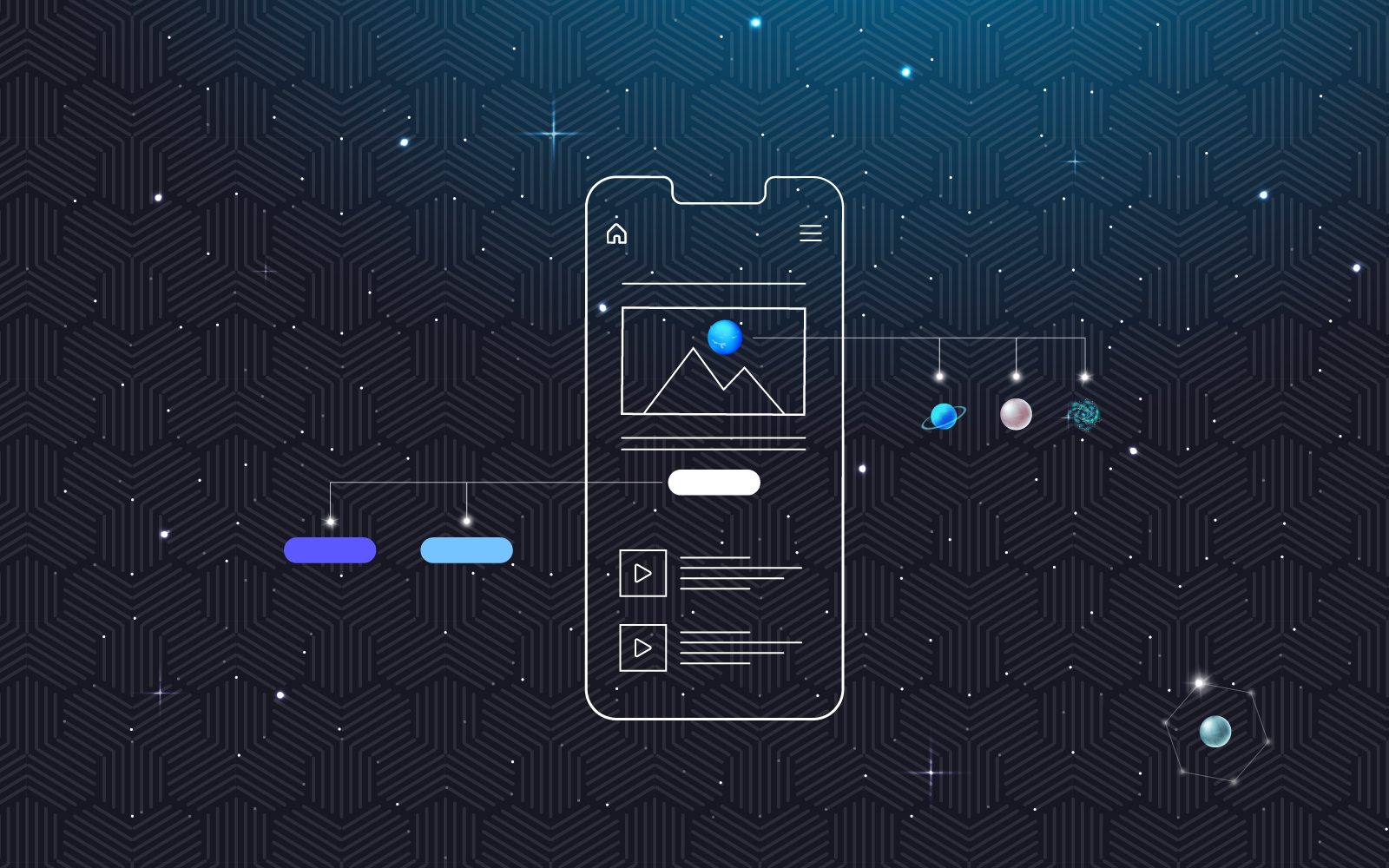You’re ready to get your day started and you step outside only to be enveloped by a cloudy, grey sky. Maybe you sigh and drag your feet a bit, but you know you must carry on with your day. Your list of errands feels endless and each task seems more tiresome than the last.
Then, just as you step outside again to tackle yet another chore, the clouds part and you see blue, sunny skies. You may smile to yourself and all of a sudden there is a bounce in your step. Before you know it your list is finished! Colors and light make us feel certain ways as we move throughout the world when creating a website or brand, color choice matters because of how it makes us feel. You want your users to have a good experience and you want them to come back.
Have you ever been doing some online research for information or maybe even a service? You look at Website A which is filled with boldly colored infographics and cartoon animations intermixed with stark white text against a black background. You’re probably not going to stick around for very long because you’re not enjoying your experience. You move on to Website B and your senses relax when they are met with just a few pleasing colors and clear straightforward information.
What to Do When Using Color in UX Design
- Use white space – White space is the empty space you see between graphics and text. White space is important as it not only allows the user’s sense of sight to have some breathing room but it also enables content to be more meaningful and focused.
- Use a simple color palette – It may seem like a good idea to use a different color for each item you want your user to notice. Instead, try sticking to about three colors for your website to avoid confusion and overstimulation.
- Use color as a guide – There is a general rule in web design referred to as 60-30-10. With this rule, your three color choices are divided into 60%, 30%, and 10%. Use that 10% color to really draw a user’s interest and make the important parts of your website stand out.
What NOT to Do When Using Color in UX Design
- Use a dark background – You may think that a dark or even black background will make your website look elegant. While this can be done, it usually shouldn’t be. The main reason to stay away from using a dark background for your website is the readability of your content. If your users have to struggle, squint, and work to intake your content chances are they will just give up and find another website to provide them with information without stressing them out.
- Use many different colors – The use of many different colors at once can often feel like an attack on the eyes. Our brain starts to feel all of the emotions brought on by all of the different colors and before you know it, your users are feeling confused and overwhelmed.
- Use your favorite colors – Well, maybe it isn’t so much that you shouldn’t use your favorite colors to design your website but you should definitely consider how those colors make users feel. Maybe your favorite color is neon green. While there is nothing wrong with that generally speaking, is it really the best choice to promote yourself and your brand?
Here is a simple chart to give you examples of how each of the colors tends to make us feel.
Choosing the Right Color – sunnyslideup.com/choosing-the-right-color/
The world around us is full of color. It’s easy to begin to feel overwhelmed when picking out what you think will work for you and your potential website visitors. While you do want your content to stand out, you don’t want to disregard the emotions and attention span of your users. If you are uncertain about where to start, begin by doing a bit of research on the psychology of color. This should help you understand what works, what doesn’t, and why.
If you’re still feeling apprehensive, just remember that not all of us are designers and that’s okay! There are designers out there like the ones here at 729 Solutions that are ready and happy to help you get your brand off to a great start!





